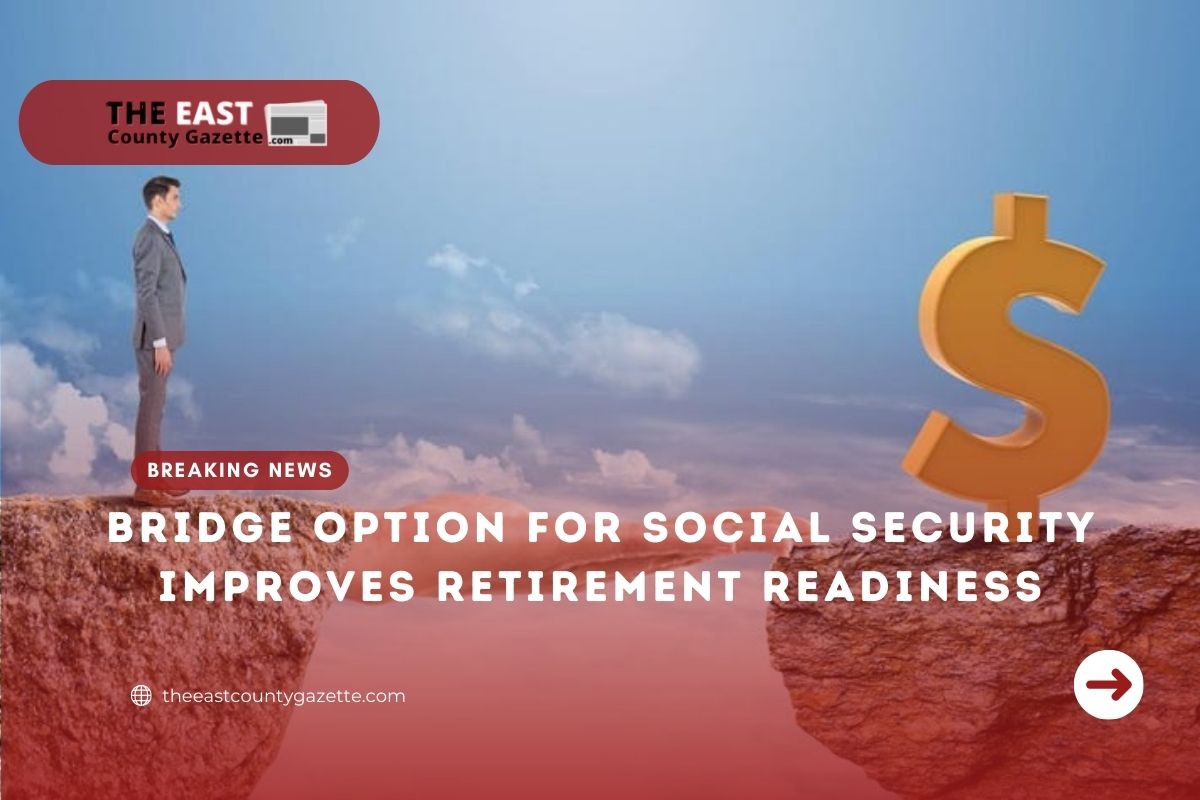Social Security Bridge options could be the best new idea since the last Social Security increase for new retirees! It could make retirement readiness more realistic immediately.
A lot of attention is being paid to guaranteed income products in retirement plans, such as annuities.
According to 401ktv, In late 2019, the Setting Every Community Up for Retirement Enhancement (SECURE) Act was passed, making it easier for employers to offer guaranteed income options in retirement plans. SECURE 2.0, which is being considered on Capitol Hill, introduces additional provisions that may make guaranteed income more appealing.
Nonetheless, a new study from the Center for Retirement Research at Boston College has demonstrated an alternative way 401(k) plan participants can create a guaranteed income stream for life, aside from traditional guaranteed income products. Specifically, the study explores a Social Security “bridge” option.
A social security bridge allows 401(k) participants to delay collecting government Social Security benefits for several years, and instead pay themselves an amount equal to their Social Security benefits. By doing this, they are able to postpone Social Security benefits, as well as increase the size of the payout when the time comes.
The CRR study indicates that claiming benefits at 70 (the maximum age for Social Security benefits) rather than 62 (the earlier eligibility age) can increase monthly benefits by at least 76%. In the event of a Social Security bridge option, participants would be able to delay Social Security and reap the benefits of delaying it without having to increase their retirement age.
Read More: 9.5 Billion Checks Have Been Issued, With Average Payment Worth $2,201
A retiree’s isolated bridge income stream can continue to come in until they reach 70 years of age, at which point they will be able to collect their government Social Security benefits. The dividends for employers are significant, as they can transition older employees into retirement while potentially reducing healthcare costs, which are likely to increase as a workforce ages.
Participants of a retirement plan with a bridge option would automatically have a percentage of their 401(k) assets transferred to it. Bridges serve as default options that take advantage of the inertia of participants, much like automatic enrollment. A bridge solution could be implemented without changing any legislation or regulations.
CRR asked four different groups what they thought about a Social Security bridge option in its study. The following results are based on the opinions of the control group, which was provided with limited information about the bridge option and asked to respond.
26.8% of respondents in that group indicated they would use the bridge, and 14.9% of their assets would go toward it. The control group’s Social Security benefits would be increased by $272 per month if they adopted the bridge strategy.
In the study of CRR participants, it was shown that some might benefit from a default Social Security bridge option within their 401(k) plan. Employers would likely find it easier to implement than a traditional guaranteed income plan.
The benefits of a Social Security bridge option, as well as the potential interest from participants, make it worth considering. Plan sponsors may want to survey their own participants first to determine interest in such an option, then act accordingly.
A bridge option should also be evaluated by an outside advisor and/or ERISA attorney for its feasibility and fiduciary obligations.

